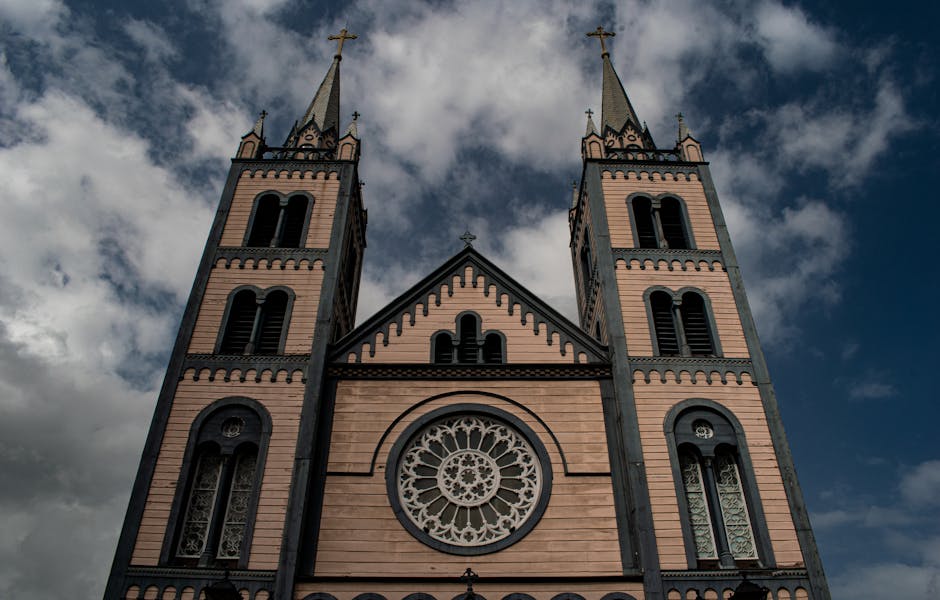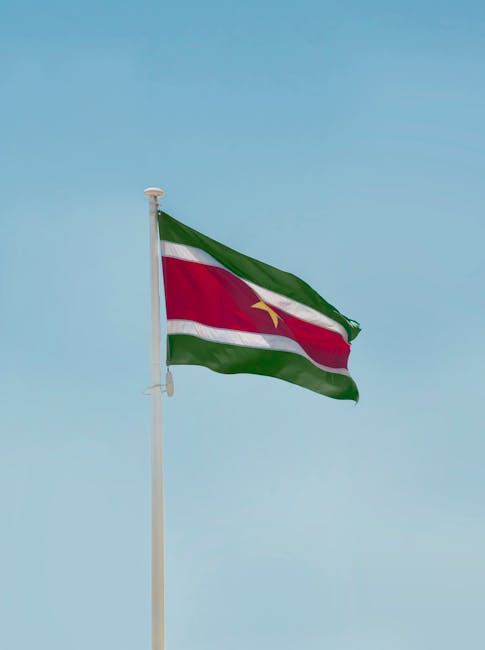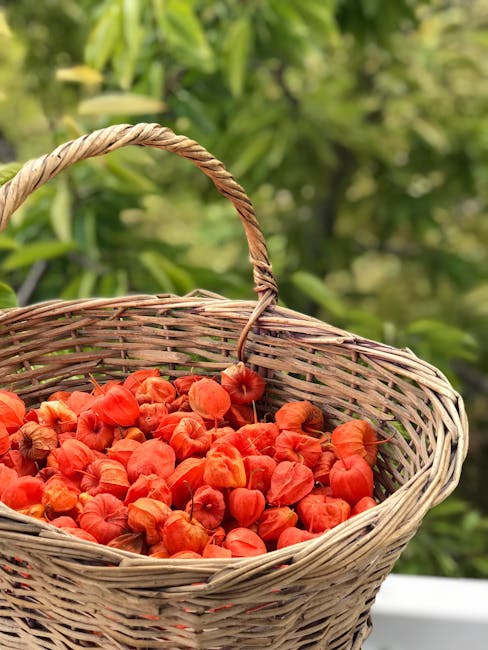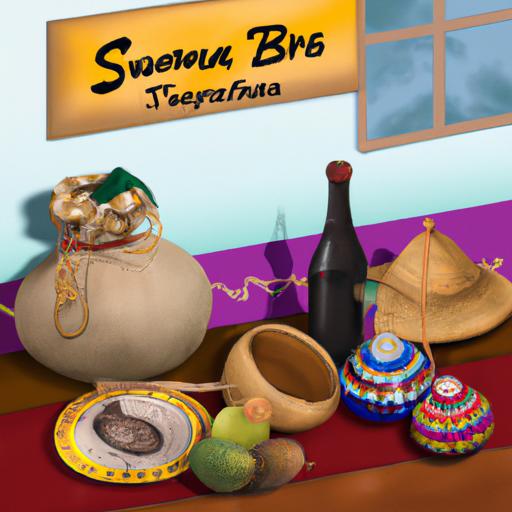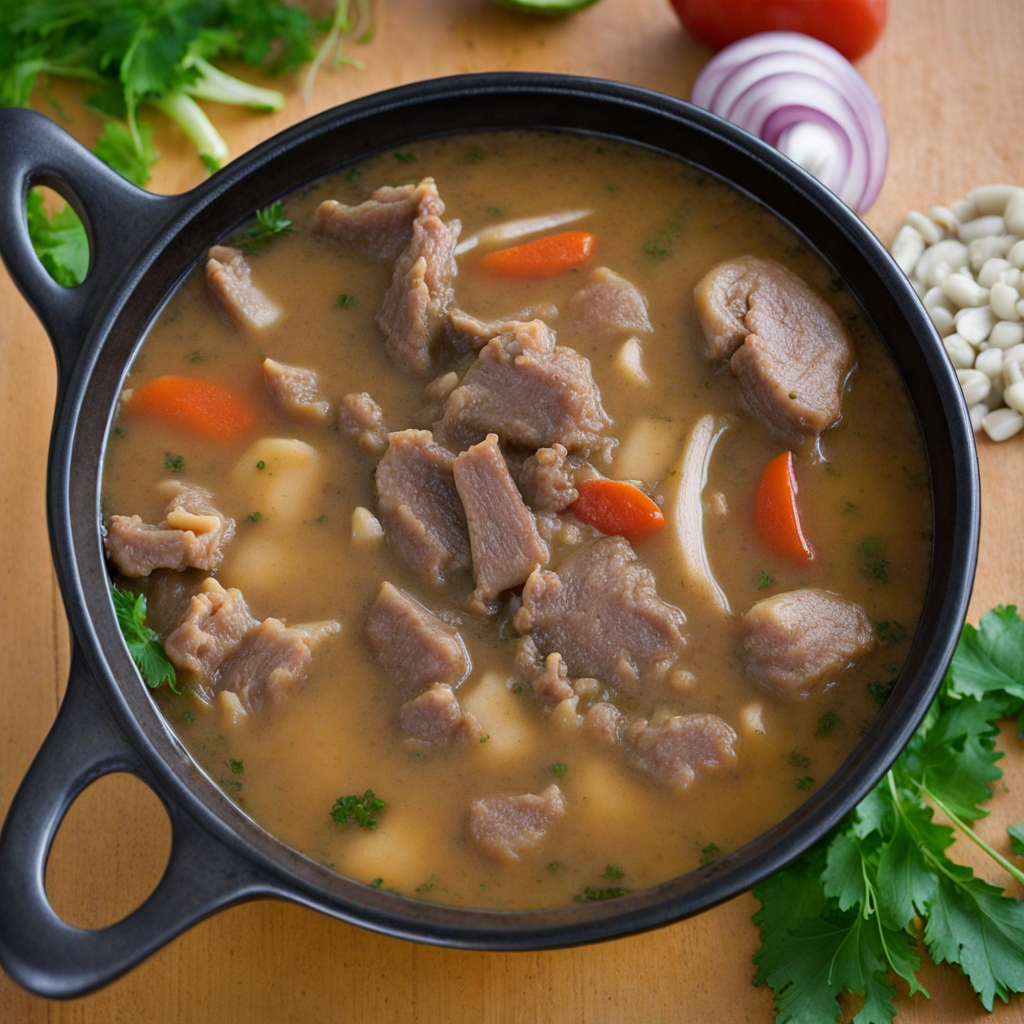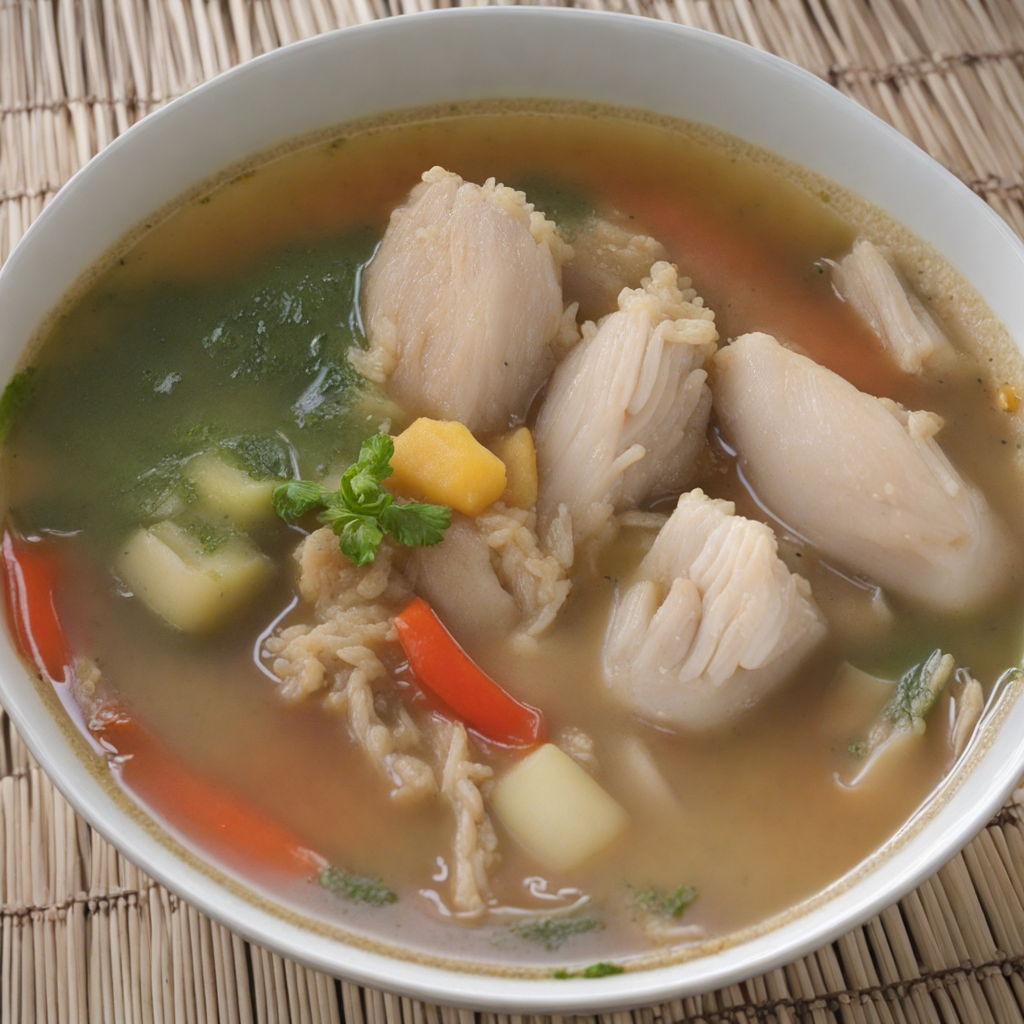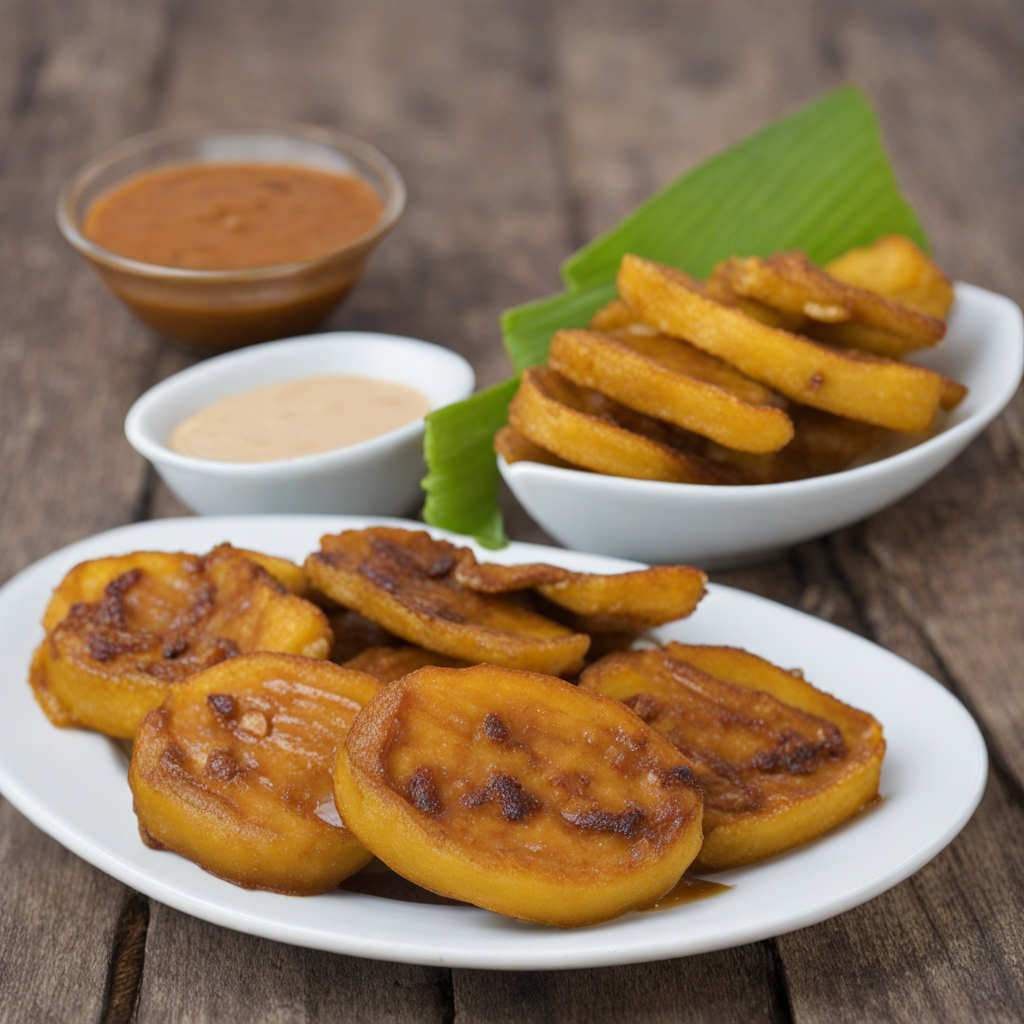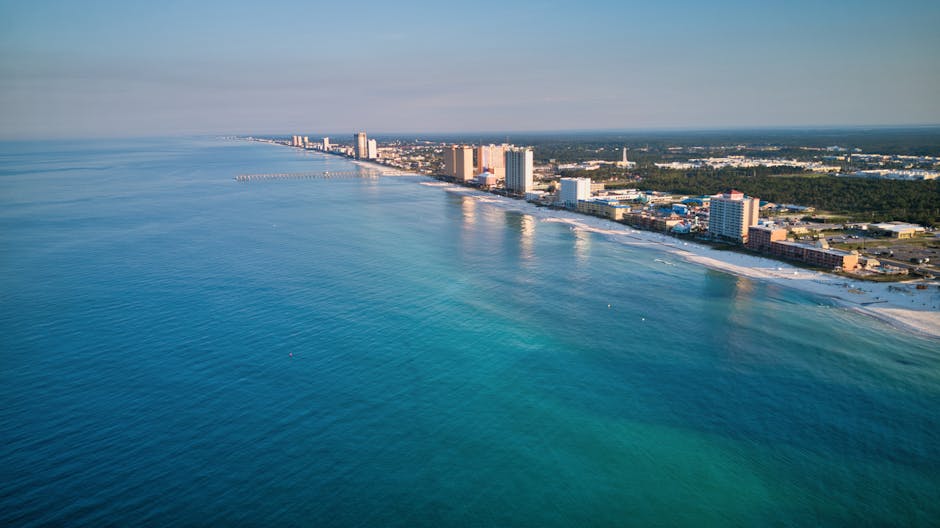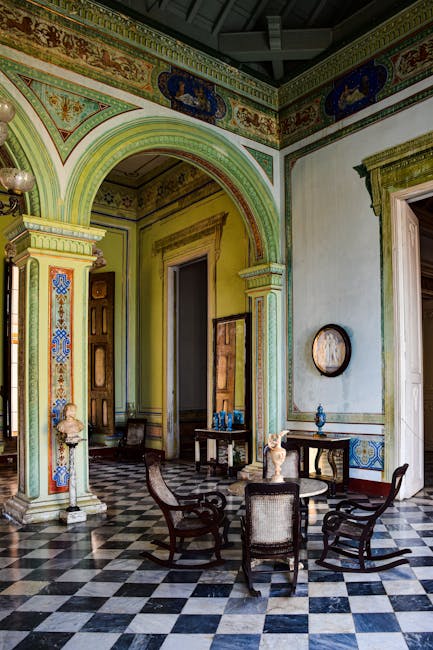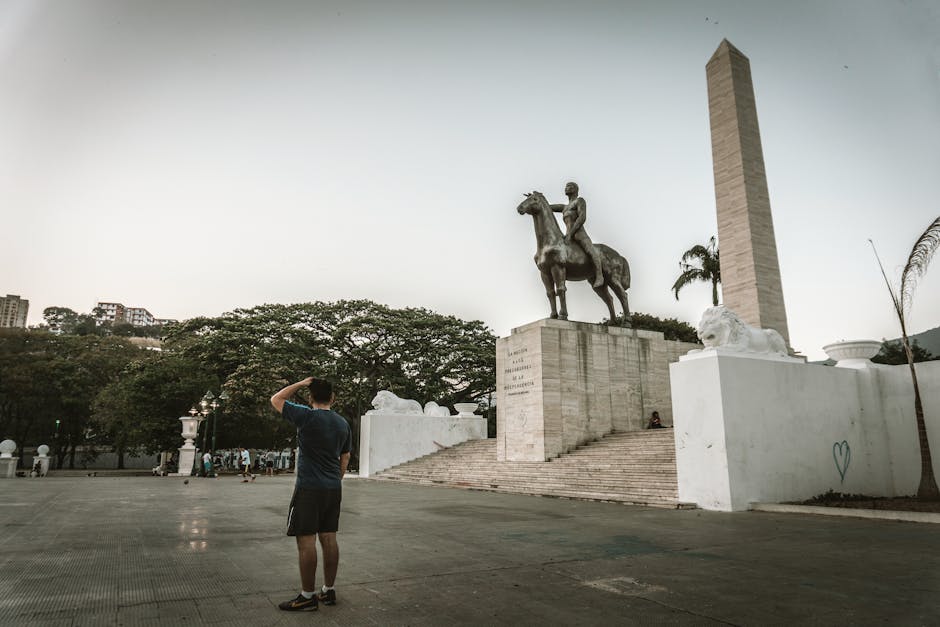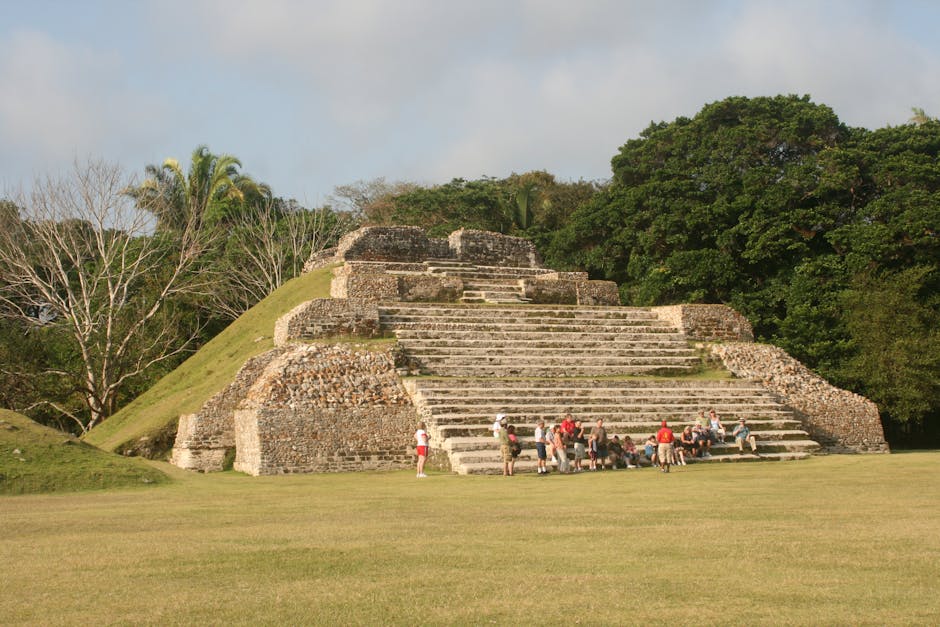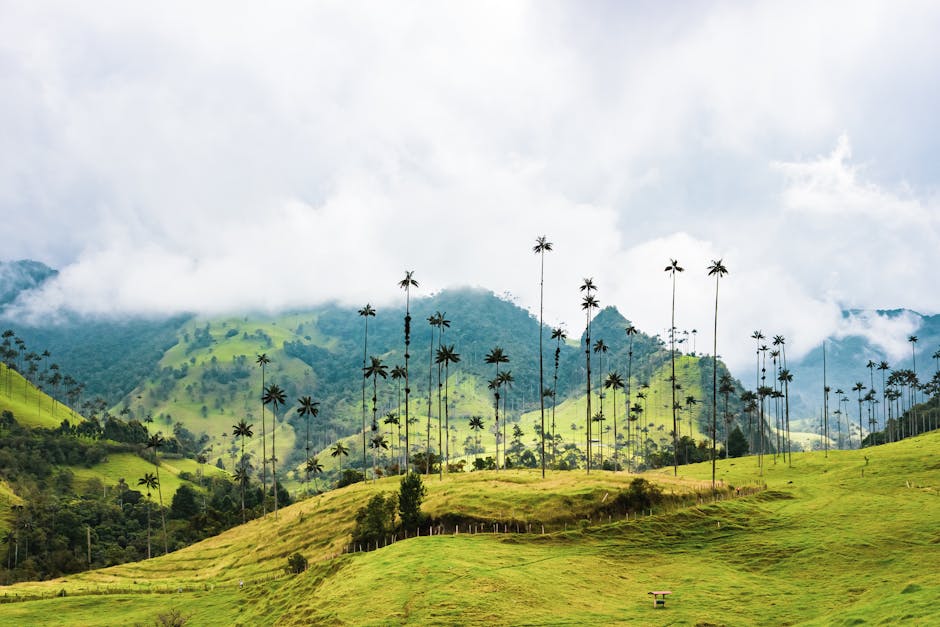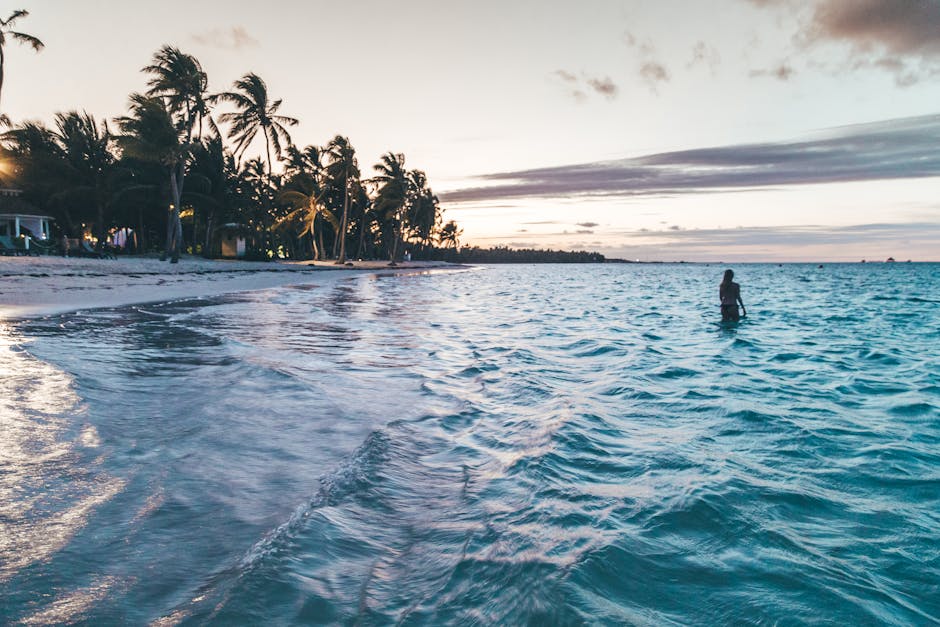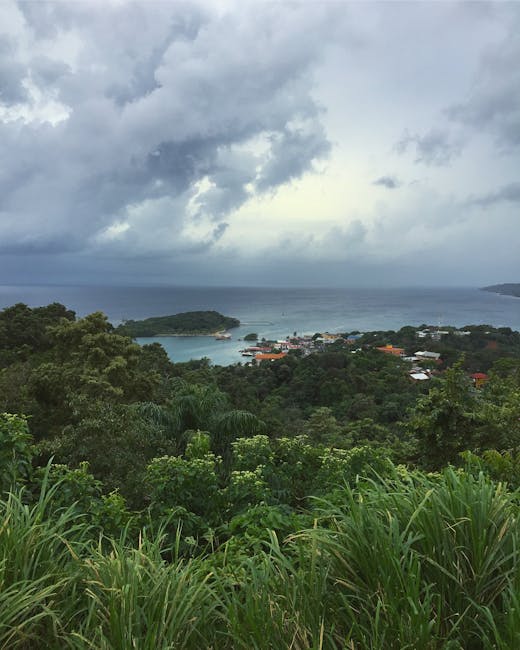Suriname
Overview
Suriname: A Hidden Treasure
Suriname, located on the northeastern coast of South America, is a hidden treasure waiting to be explored by curious and adventurous teenagers. This small country is renowned for its rich multicultural heritage, a harmonious blend of indigenous, African, Asian, and European influences. Suriname's uniqueness stems from its diverse population, vibrant culture, and pristine natural landscapes. Its capital, Paramaribo, is known for its Dutch colonial architecture, bustling markets, and vibrant nightlife. The country’s unique blend of languages, religions, and traditions is reflected in its mouthwatering cuisine, vibrant music, and colorful festivals. Suriname's natural beauty, home to a variety of wildlife, offers endless adventure with rainforests, rivers, and waterfalls.
Best Time to Visit
The high season for tourism in Suriname is from February to April and August to November, to avoid the rainy seasons. The weather is typically hot and humid, with cooler temperatures in the interior highlands. During these periods, visitors can fully engage in outdoor activities like hiking through the Amazon rainforest, spotting exotic wildlife, and canoeing down the Suriname River. Birdwatchers will be delighted as Suriname boasts over 700 bird species. For a slice of history, visit the UNESCO World Heritage site of Paramaribo, with its well-preserved colonial buildings, or explore the historic plantations in Commewijne.
Travel Tips
Before travelling to Suriname, teenagers should ensure they are up-to-date with routine vaccinations, as well as yellow fever and typhoid, which are recommended by the CDC and WHO. They should also pack lightweight, breathable clothing and a good insect repellent to protect against mosquitoes. A visa is required for many nationalities, so it's recommended to check the latest visa requirements with the nearest Surinamese consulate or embassy. English is widely spoken, but learning a few phrases in Dutch (the official language), Sranan Tongo, or any of the other local languages, could enhance the travel experience. Lastly, respecting local cultures and traditions is a must when visiting this diverse and welcoming nation.
A Glimpse into the Past
Suriname, a small yet culturally rich country located on the northeastern coast of South America, has a history that reflects its diverse influences and resilient spirit. The land we now know as Suriname was originally inhabited by Indigenous peoples, including the Arawaks and Caribs, who thrived in its lush rainforests and along its rivers. Their cultures and traditions laid the groundwork for Suriname's multifaceted identity.
In the early 16th century, European powers began to take an interest in the region, with the first recorded visit by the Spanish explorer Francisco de Orellana in 1541. However, it was the Dutch who established a lasting presence in the area. In 1667, following the Treaty of Breda, the Dutch formally acquired Suriname from the English, marking the beginning of a colonial era that would shape the nation's demographic and cultural landscape.
The Dutch established sugar plantations, which became the backbone of Suriname's economy. To maintain the labor force for these plantations, they turned to the transatlantic slave trade, forcibly bringing thousands of Africans to the region. The legacy of slavery remains a profound and painful chapter in Suriname's history, influencing its social fabric and cultural identity today.
As the plantation economy flourished, various groups began to settle in Suriname, including Javanese and Hindustani immigrants who arrived in the late 19th and early 20th centuries. This influx of diverse populations contributed to the multiculturalism that characterizes modern Suriname. The blending of African, Indigenous, Javanese, and Hindustani cultures has given rise to a unique tapestry of traditions, languages, and cuisines.
The struggle for independence began to take shape in the early 20th century, as nationalist sentiments grew among the Surinamese people. After World War II, rising demands for self-governance led to significant political changes. In 1954, Suriname became a part of the Dutch Caribbean, gaining more autonomy while still under Dutch rule.
Suriname finally achieved full independence on November 25, 1975. This day is now celebrated as Independence Day, marking the transition from colonialism to self-determination. However, the early years of independence were turbulent, characterized by political instability and economic challenges. The military coup of 1980 led by Dennis M. M. K. M. M. M. Bouterse ushered in a period of authoritarian rule, which was met with resistance from various sectors of society.
The 1980s and early 1990s were marked by a civil war, as opposition groups clashed with the military government. Despite these challenges, Suriname eventually returned to democratic governance in 1991, leading to a gradual recovery in the political and economic landscape. The nation has since worked to rebuild and redefine itself, with efforts aimed at fostering unity among its diverse population.
Today, Suriname's capital, Paramaribo, stands as a testament to the country’s colonial past, with its well-preserved architecture reflecting a blend of European and Caribbean styles. The historic city center has been designated a UNESCO World Heritage Site, featuring notable landmarks such as the Fort Zeelandia and the Saint Peter and Paul Cathedral, one of the largest wooden structures in the Western Hemisphere.
Suriname is also home to stunning natural landscapes, boasting vast rainforests, rivers, and wetlands. The Central Suriname Nature Reserve, another UNESCO World Heritage Site, is a biodiversity hotspot that showcases the country’s incredible flora and fauna, making it a paradise for eco-tourists and adventure seekers. Visitors can explore the pristine wilderness and encounter unique wildlife such as jaguars, giant river otters, and an array of bird species.
For those interested in Indigenous cultures, a visit to the Maroon communities is essential. These communities, descendants of enslaved Africans who escaped from plantations, have preserved their distinct languages, traditions, and lifestyles. Engaging with the Maroons provides insight into the resilience and resourcefulness of these groups, as well as the importance of their cultural heritage.
Culinary exploration is another highlight of Suriname. The nation's diverse population has created a vibrant food scene, characterized by a fusion of flavors. Local dishes such as roti (an Indian-inspired flatbread), pom (a savory baked casserole), and peperpot (a hearty stew) reflect the country’s multicultural influences. Visitors can experience these flavors at local markets and restaurants, making for a truly immersive culinary adventure.
Suriname is also known for its vibrant festivals, which celebrate the country’s rich cultural heritage. The Holi Phagwa festival, celebrated by the Indo-Surinamese population, is a colorful event marking the arrival of spring. The Javanese New Year festival, known as Lebaran, showcases traditional dances, music, and culinary delights. These festivals provide a unique opportunity for visitors to engage with the local culture and experience Suriname's lively spirit.
In recent years, Suriname has been focusing on sustainable development, recognizing the importance of preserving its natural resources while fostering economic growth. The government has made efforts to promote eco-tourism and responsible travel, encouraging visitors to appreciate the country's vast biodiversity and cultural heritage while ensuring the well-being of local communities.
For travelers seeking a unique experience, Suriname offers an intriguing blend of history, culture, and natural beauty. From exploring the colonial charm of Paramaribo to venturing into the heart of the rainforest, visitors can immerse themselves in the stories that shaped this nation. Suriname's rich tapestry of cultures, reflected in its people, traditions, and landscapes, invites exploration and appreciation.
As you journey through Suriname, you'll likely find that its history is not just a series of events but a living narrative that continues to unfold. The resilience of its people and the richness of its diverse heritage create a captivating backdrop for any traveler ready to explore this hidden gem of South America.
Top cities for tourists in Suriname
Discover the Famous Cities That Might Captivate Your Interests
Must-Try Foods You Can't Afford to Miss
Indulge in a Variety of Fantastic Foods During Your Stay in Suriname
May Be Your Next Destinations
People often choose these countries as their next destination


